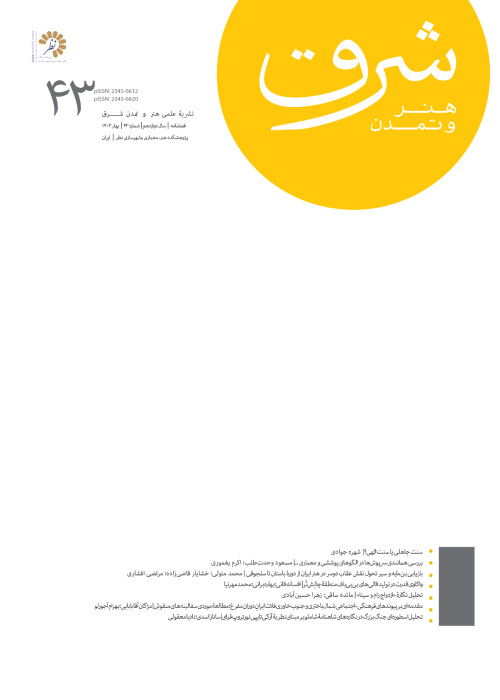Collective Space, A Declining Concept Assessing the Social Quality of Urban Spaces in the Historic District of Gorgan
The study of social nature of urban spaces has been considered in different literature and approaches. Urban space and public space are defined based on the physical and functional aspects of space and the right of presence and equal use for all people; But collective space, as a newer concept, does not rely on physical dimensions- space versus mass - and functionality - the presence of individuals and is defined based on the formation of social interactions and joint activities. Today, with the diminishing social dimension of space in contemporary cities, most collective spaces have been reduced to public spaces. The importance of evaluating space social inefficiency in the historic district of cities such as Gorgan is due to the vulnerability of this part of the city and the positive effects of successful collective spaces on the social dynamics. Assessing the social dimensions of urban spaces located in historic district of Gorgan, the historical position, scope of public, collective spaces in the city’s space, social life organization and the study of changes in these spaces following recent developments and management measures provide the opportunity to discover the current social nature. This study aimed at investigating the evolution of urban spaces in the historic district of Gorgan, based on physical, functional and semantic components. In this regard, the social developments of space have been measured and examined in accordance with the consequences of internal developments and external measures applied to the context. Markets and neighborhood centers are types of urban spaces in the historic district of Gorgan, each of which has varying degrees of social status due to changes. The city’s central market still has a social impact due to its economic role and features such as functional diversity and accessibility. However, the neighborhood center space has lost its social role due to gradual changes in texture over the past hundred years, including a lack of alignment with the development process, an inability to meet the daily needs of residents, and a change in demographic structure. Restricting the managerial measures to physical measures, and the mere continuation of the collective space center’s semantic aspects, focusing on their ritual function, have perpetuated social life as a memory of the past albeit periodically and temporarily.
- حق عضویت دریافتی صرف حمایت از نشریات عضو و نگهداری، تکمیل و توسعه مگیران میشود.
- پرداخت حق اشتراک و دانلود مقالات اجازه بازنشر آن در سایر رسانههای چاپی و دیجیتال را به کاربر نمیدهد.


